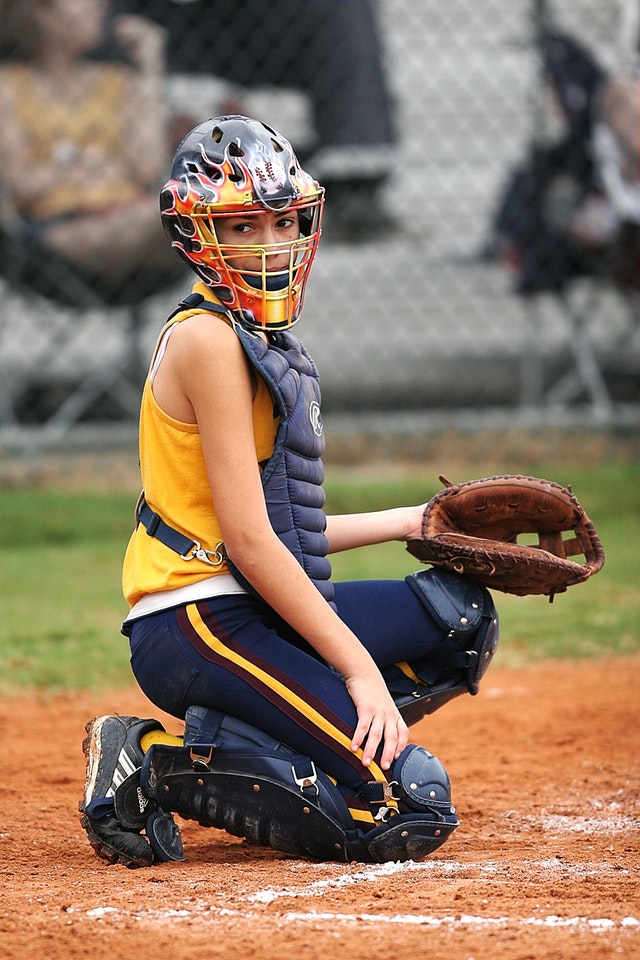Did you know approximately two million children play Little League across 80 countries? Baseball is one of the most common youth sports thanks to its camaraderie and low cost.
Although players have to invest in a mitt and cleats, the team often provides the remaining equipment. This includes bats, batting helmets, a catcher’s helmet, and protective gear.
If your team needs new equipment, read on to learn how to find the perfect catcher’s helmet.
Helmet Essentials
The best catcher’s helmet will balance three things:
- Safety
- Comfort
- Fit
Most manufacturers use steel and other strong metals to make helmets. Since they need to withstand being hit by fastballs and backswings, always make sure there are no dents in the metal. While this pertains more to buying used gear, it’s always best to look for defects before purchasing.
Also, find a helmet with a strong but light high-impact plastic or polycarbonate shell. The inside should have foam, which provides comfort and absorbs impact. Foam is the most important material for protection from concussions.
Another thing to look for is an SEI certification. This ensures quality and performance that comply with NOCSAE baseball standards. The certification comes with an expiry date, which tells you when you need to recondition and recertify the helmet.
Measuring Size
Catcher’s helmets share the same sizing as batting helmets. To get the right size, measure the head circumference above the ears and eyebrows with a soft measuring tape.
The fit should be snug, like a cap, but not too tight. The helmet should move with the head but never bounce.
Using a sizing chart, you can find the right size. If you have players with varying head sizes, you may need to invest in several catcher’s helmets to accommodate everyone.
Traditional Catcher’s Helmet
A traditional catcher’s face mask is two pieces: a skull cap worn backward and a mask strapped over the top. It has a metal cage and foam padding against the forehead and chin.
This type of mask isn’t as common anymore because it exposes the side of the head to foul balls and a batter’s backswing. As a result, most youth leagues don’t allow this style.
However, you may still find it amongst adult or community leagues. Additionally, many umpires also use this style of helmet.
Hockey-Style Helmet
The hockey-style catcher’s helmets offer more safety on the field and most youth leagues mandate having them. They are similar to a hockey goalie’s helmet, as these offer more protection than standard hockey player helmets.
This is a helmet that does not hinder vision even with more protection. The helmet curves around the face to improve visibility. They may not have as much ventilation as a traditional helmet, but they are a safer and better choice.
Prepare to spend more on a hockey-style helmet because of the improved technology.
Ready to Buy New Gear?
With this short guide, you can buy a new catcher’s helmet for your baseball team or league, and you won’t have to skimp on safety or comfort.

